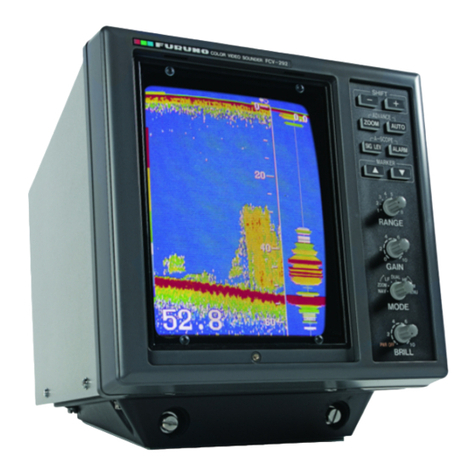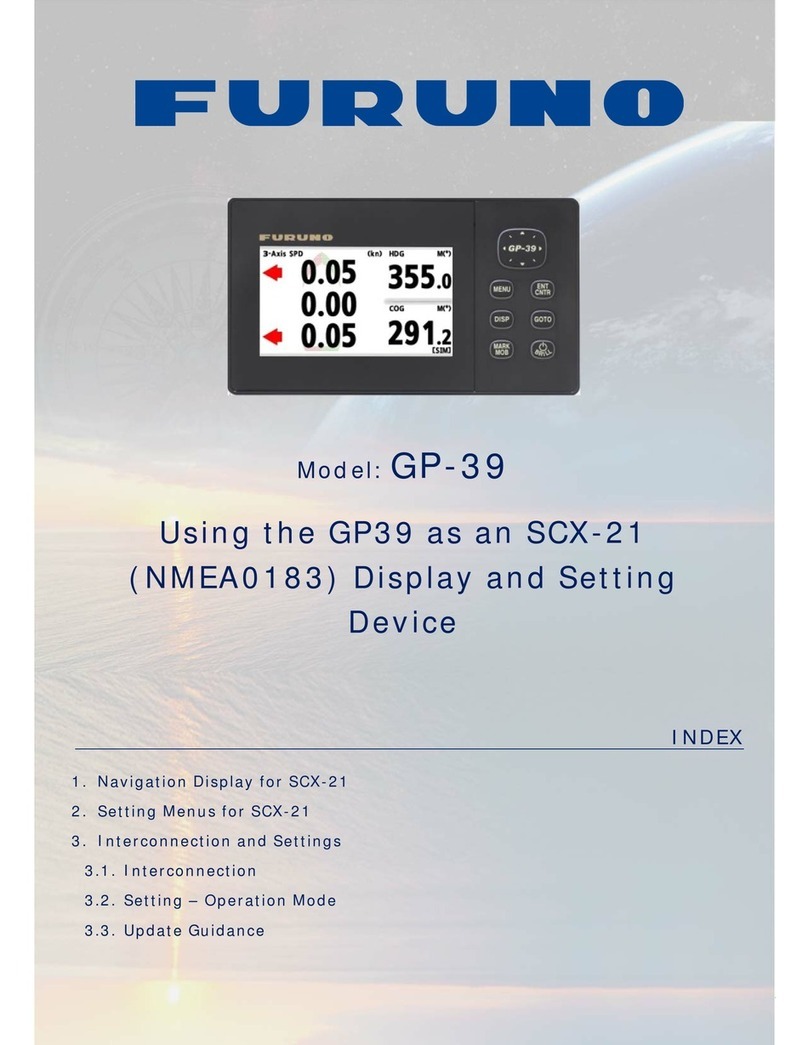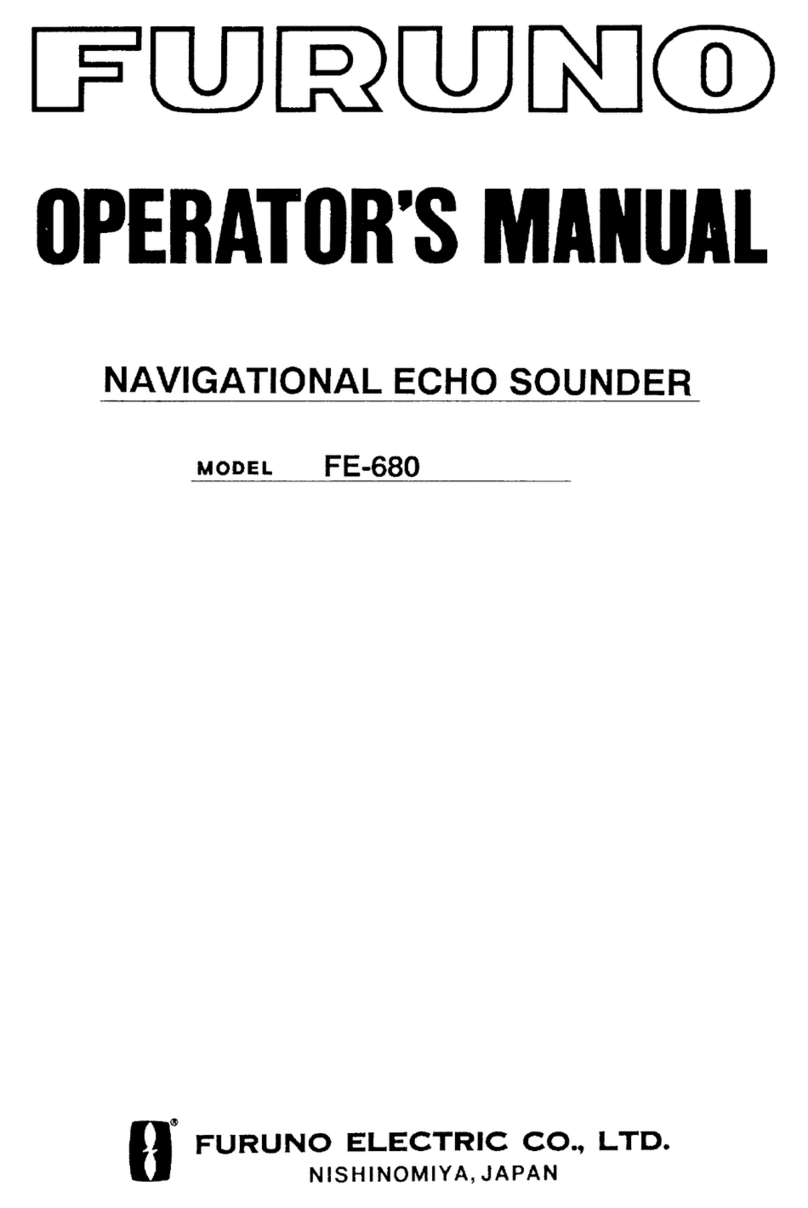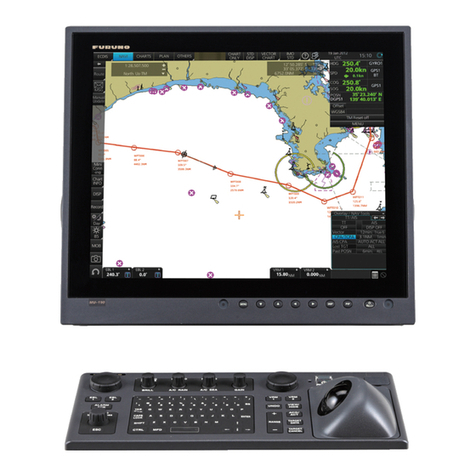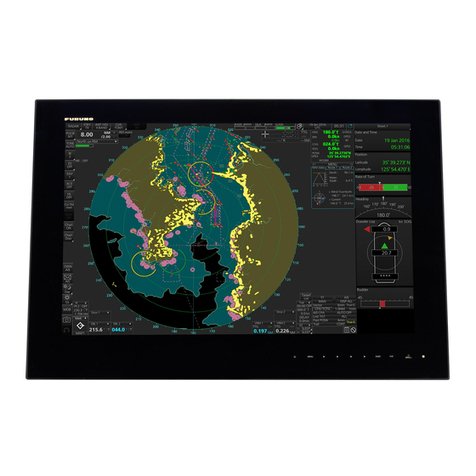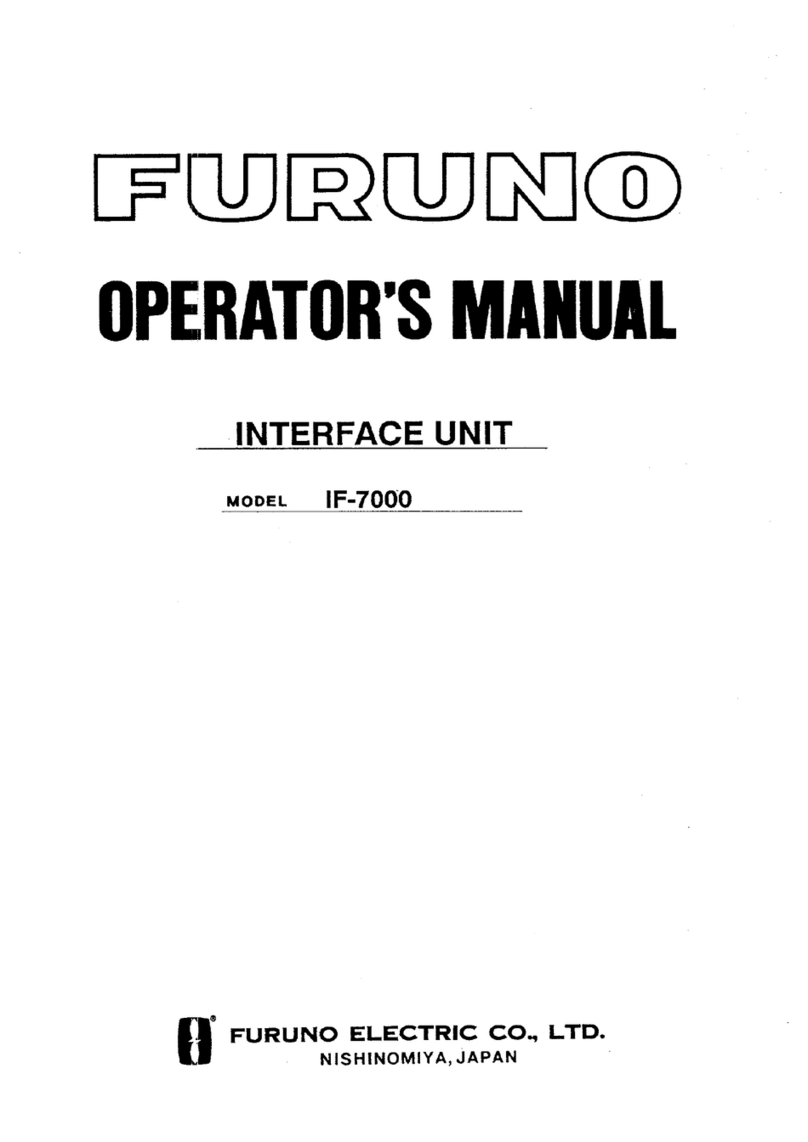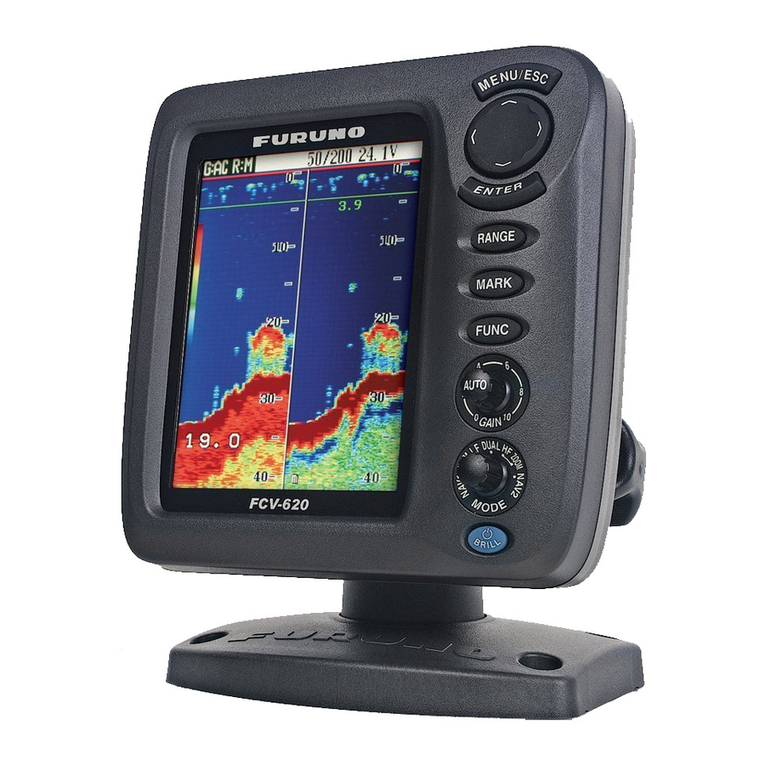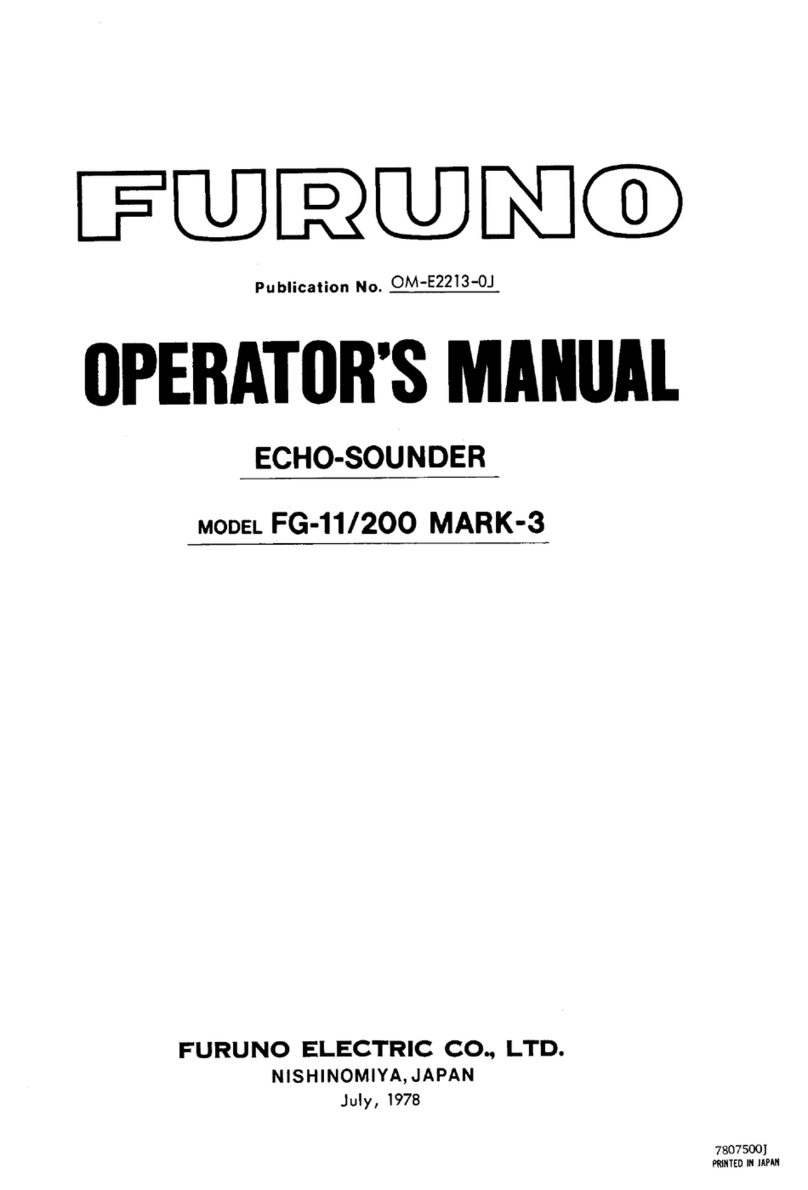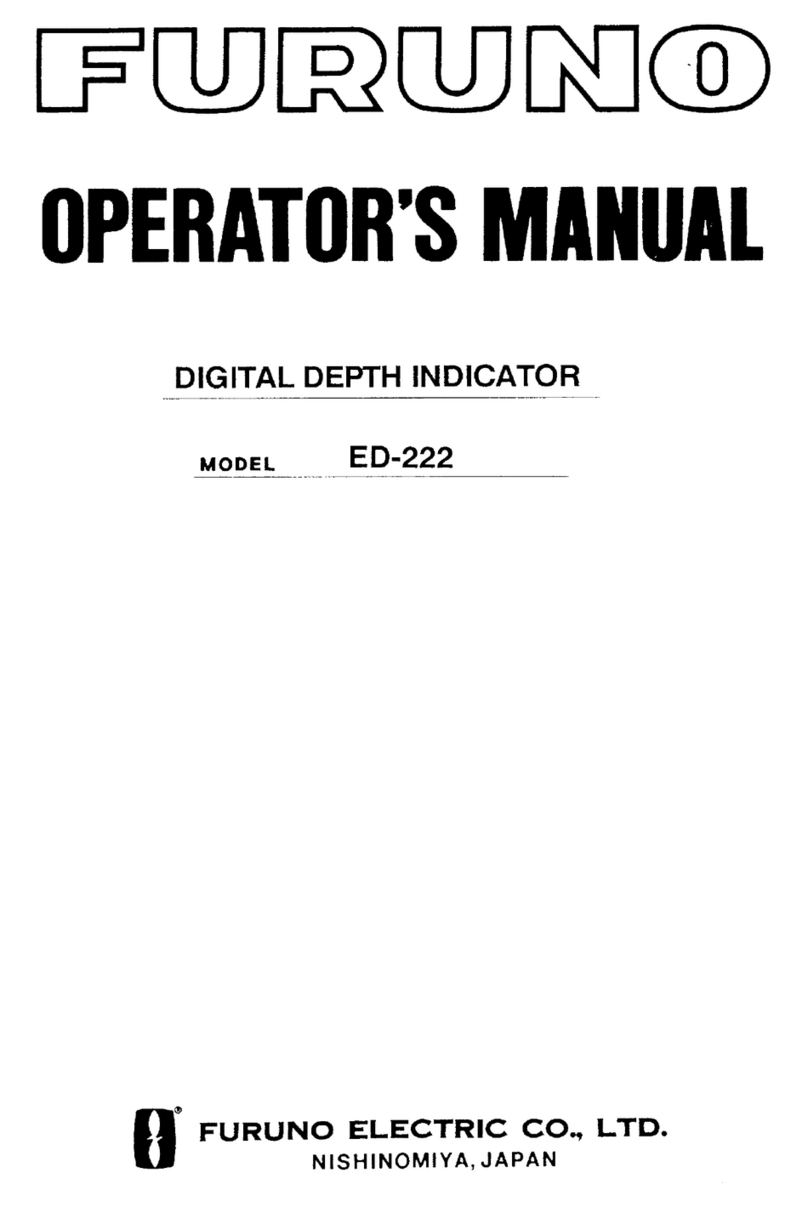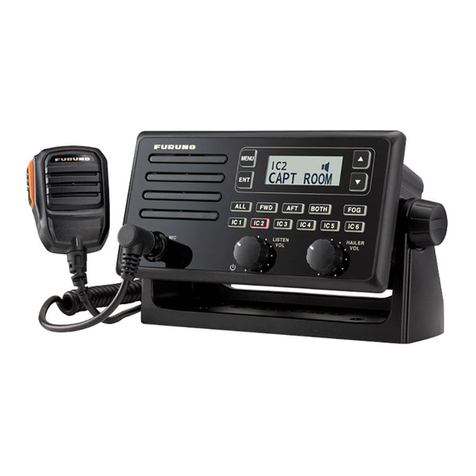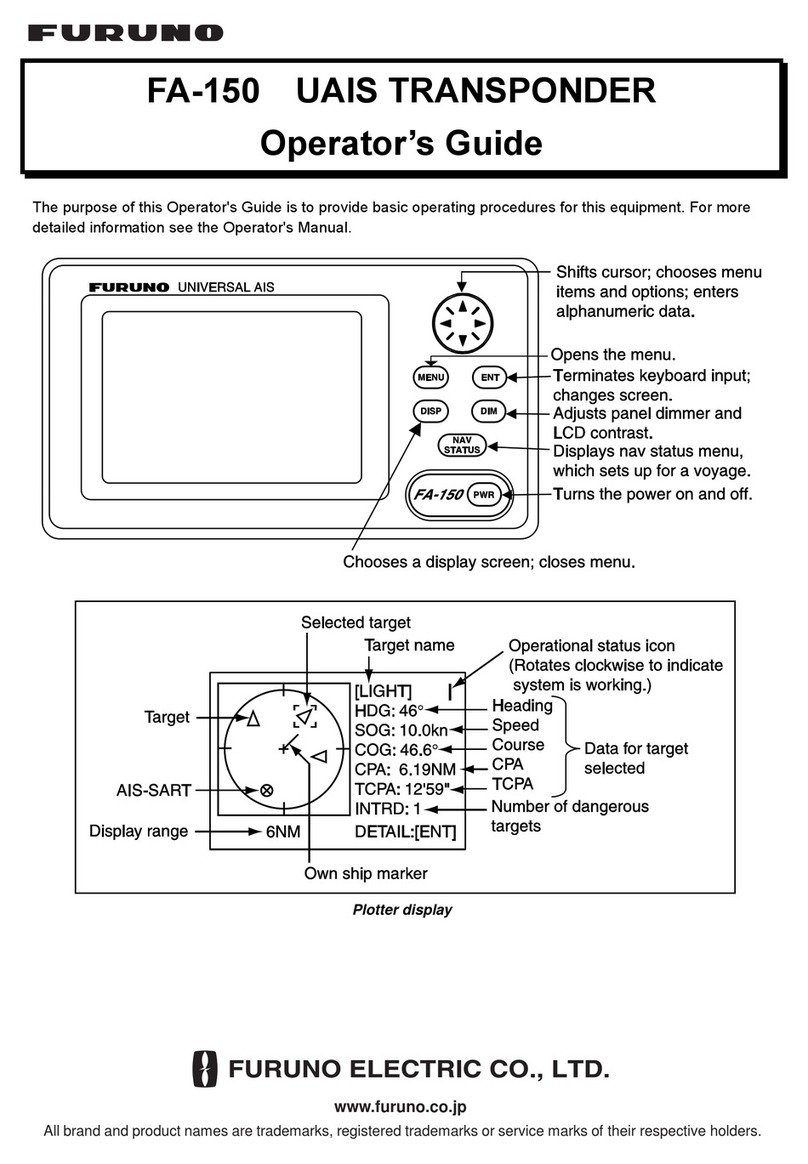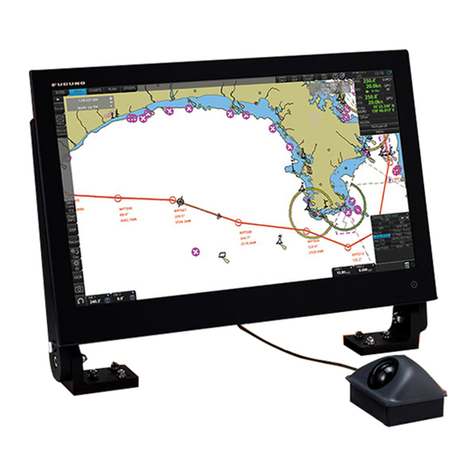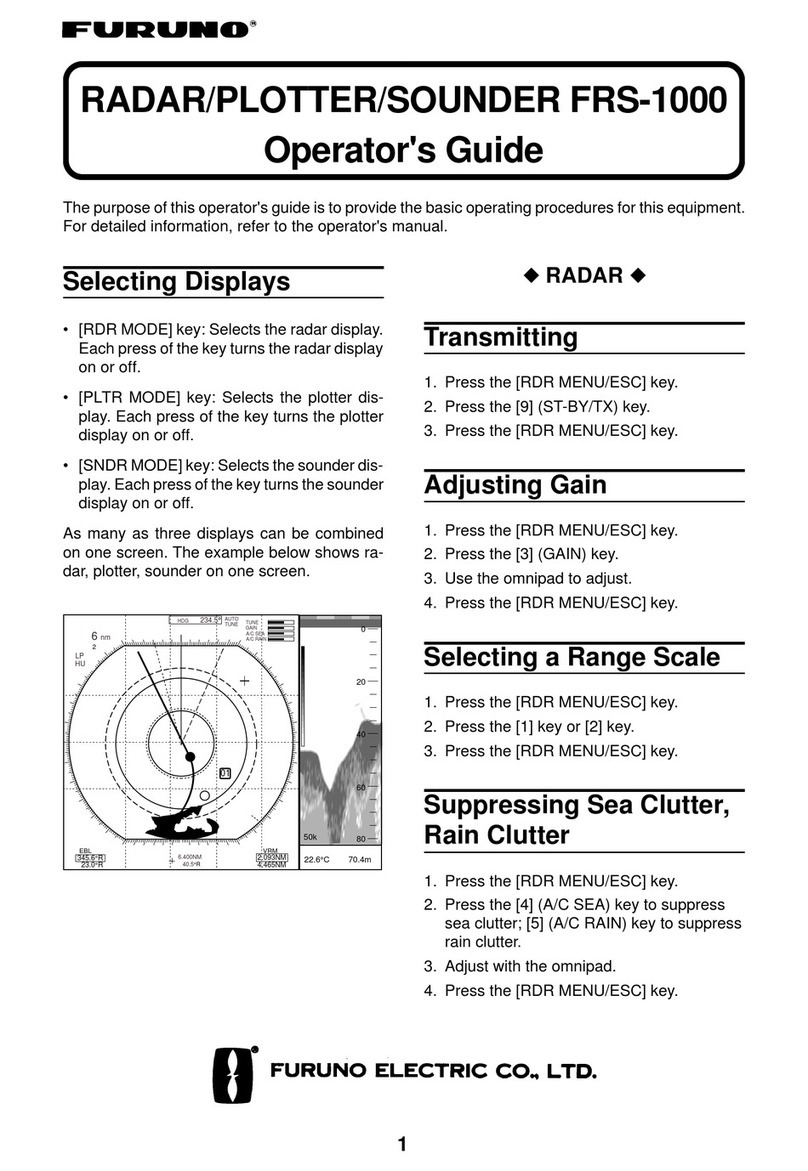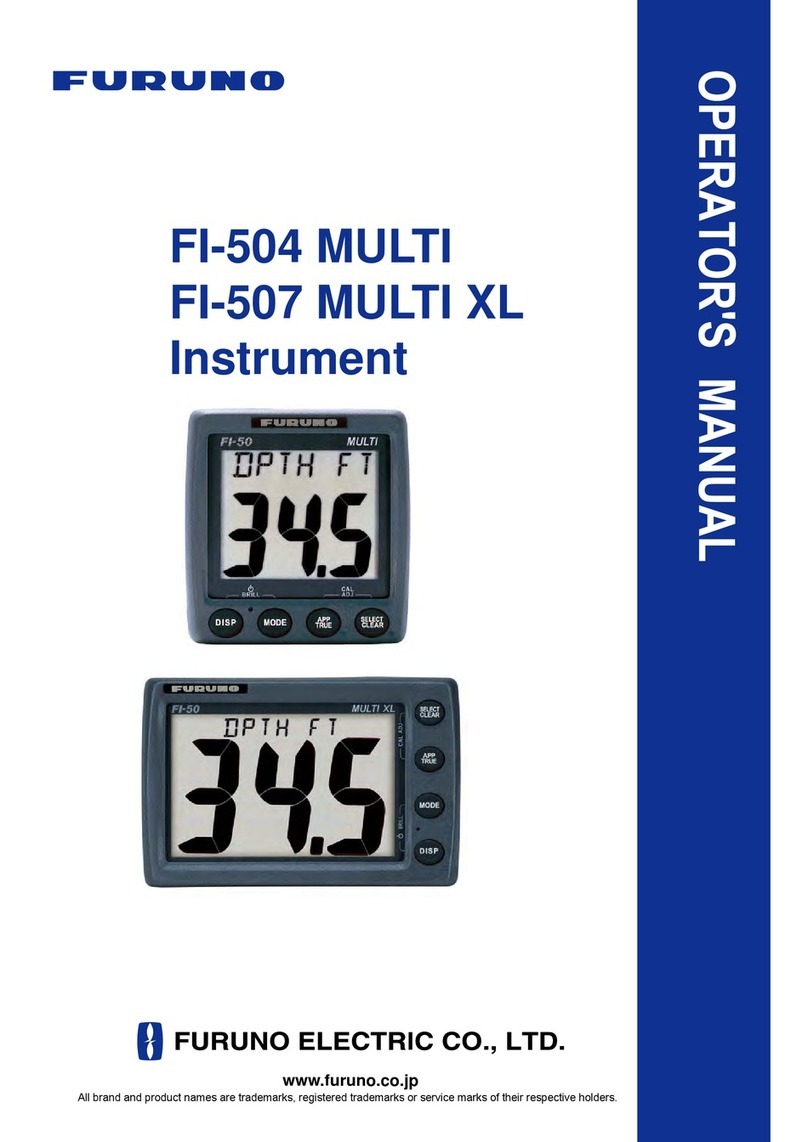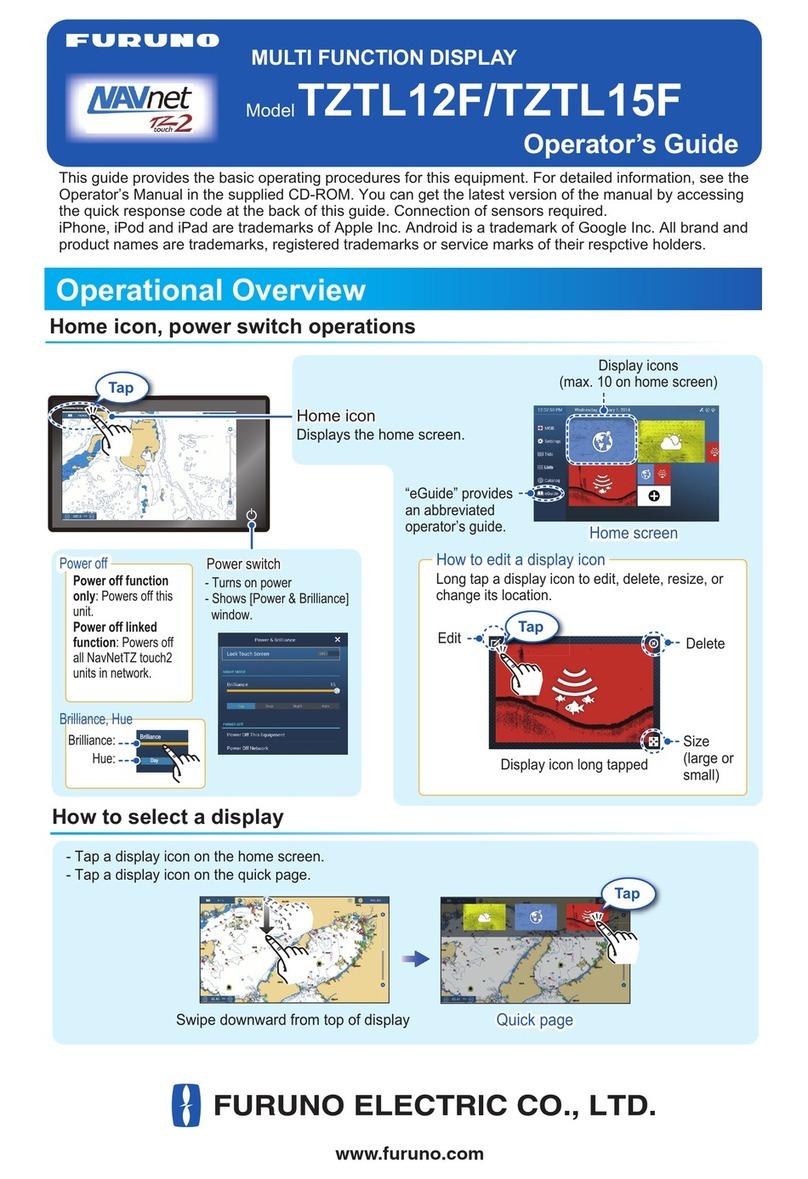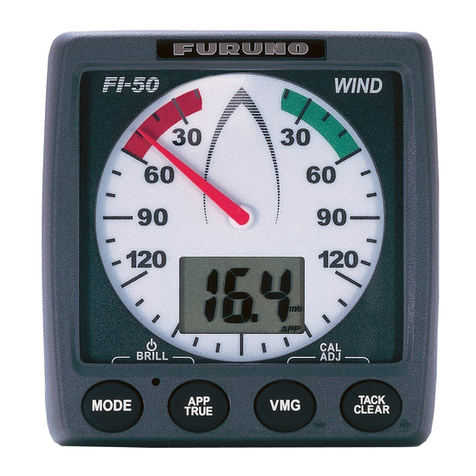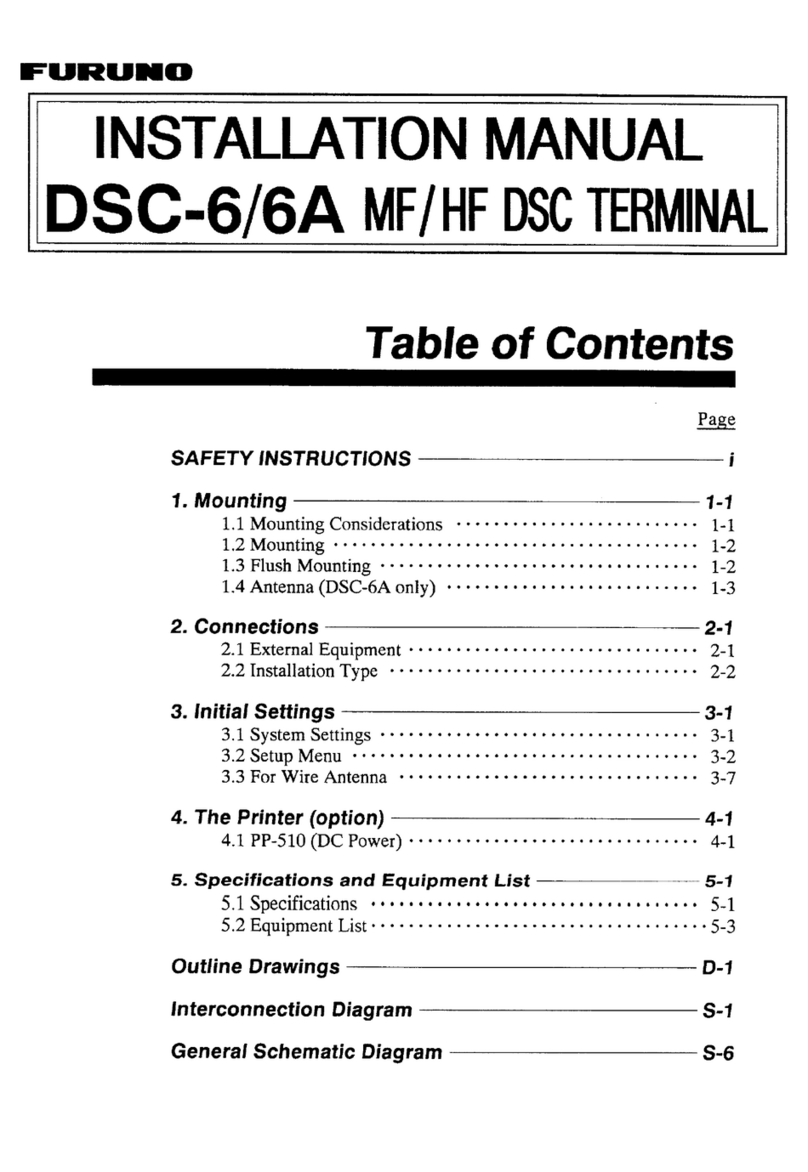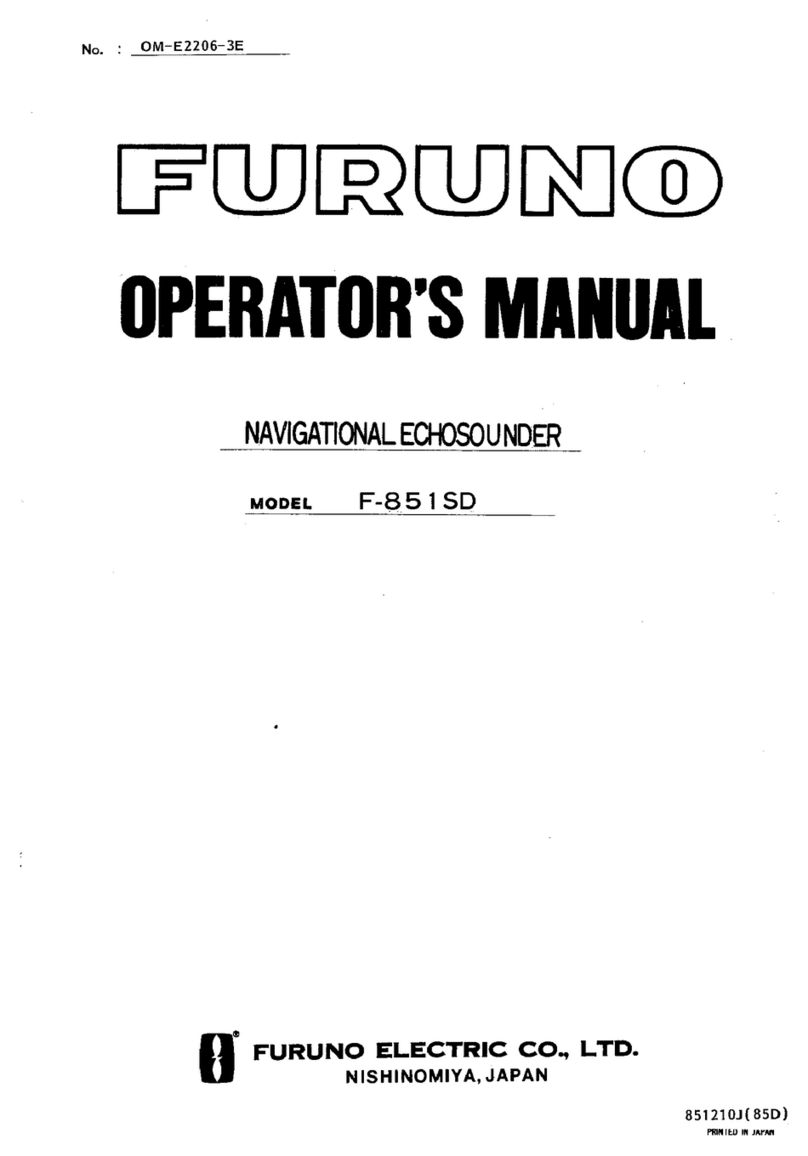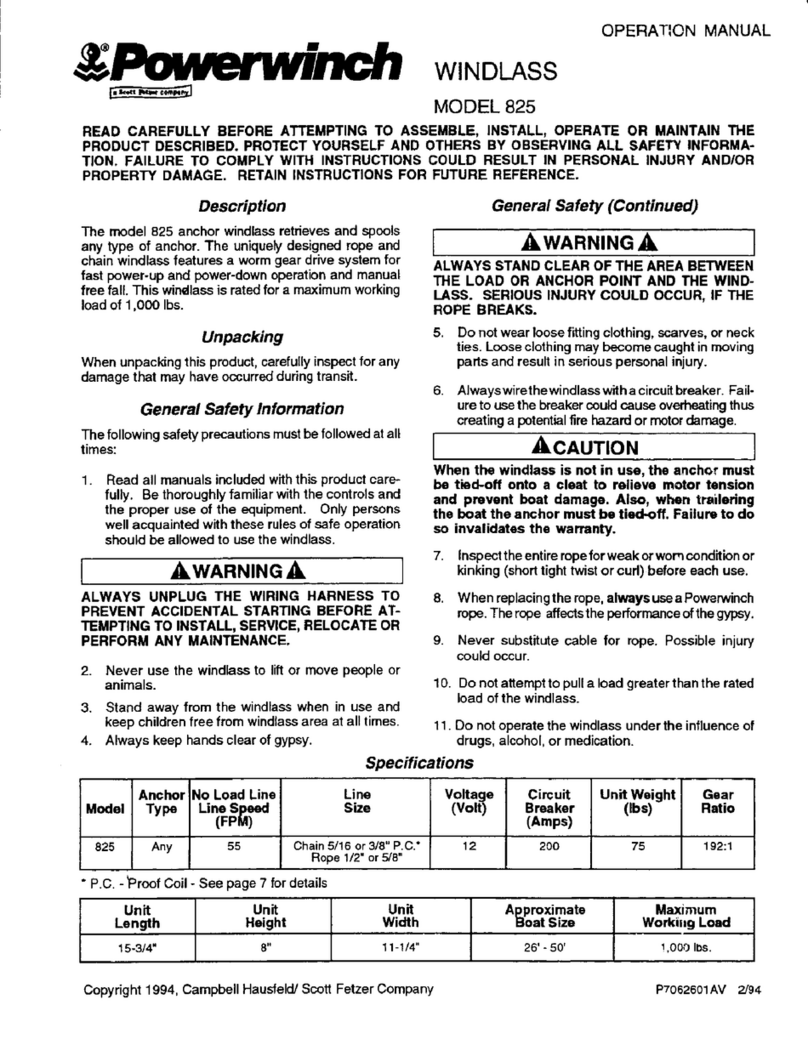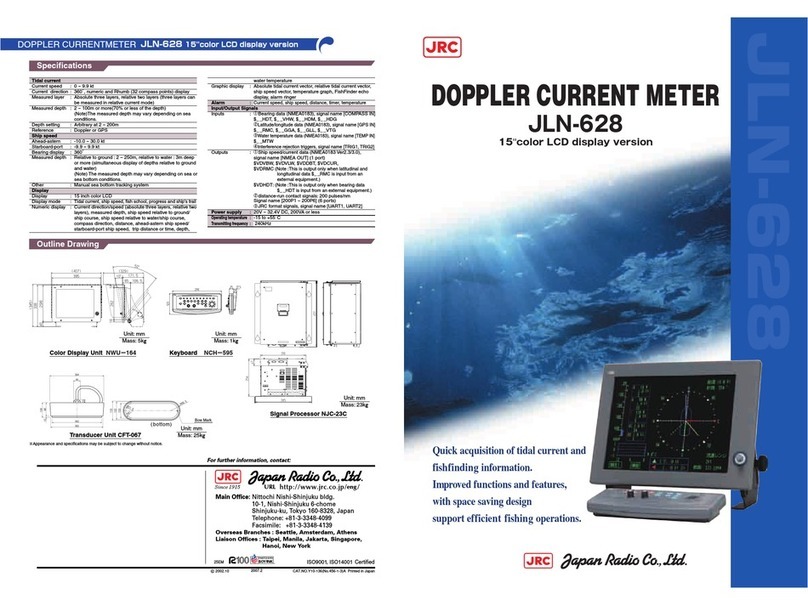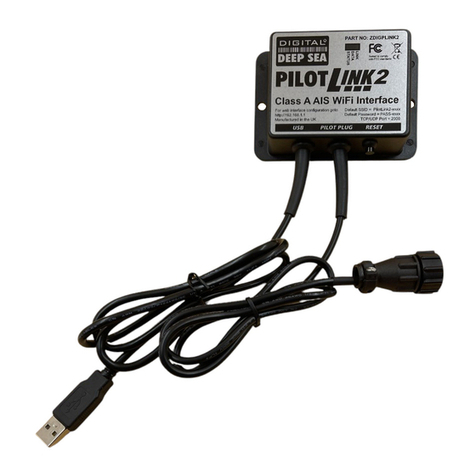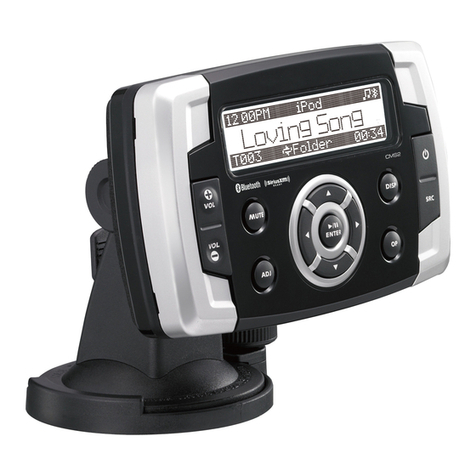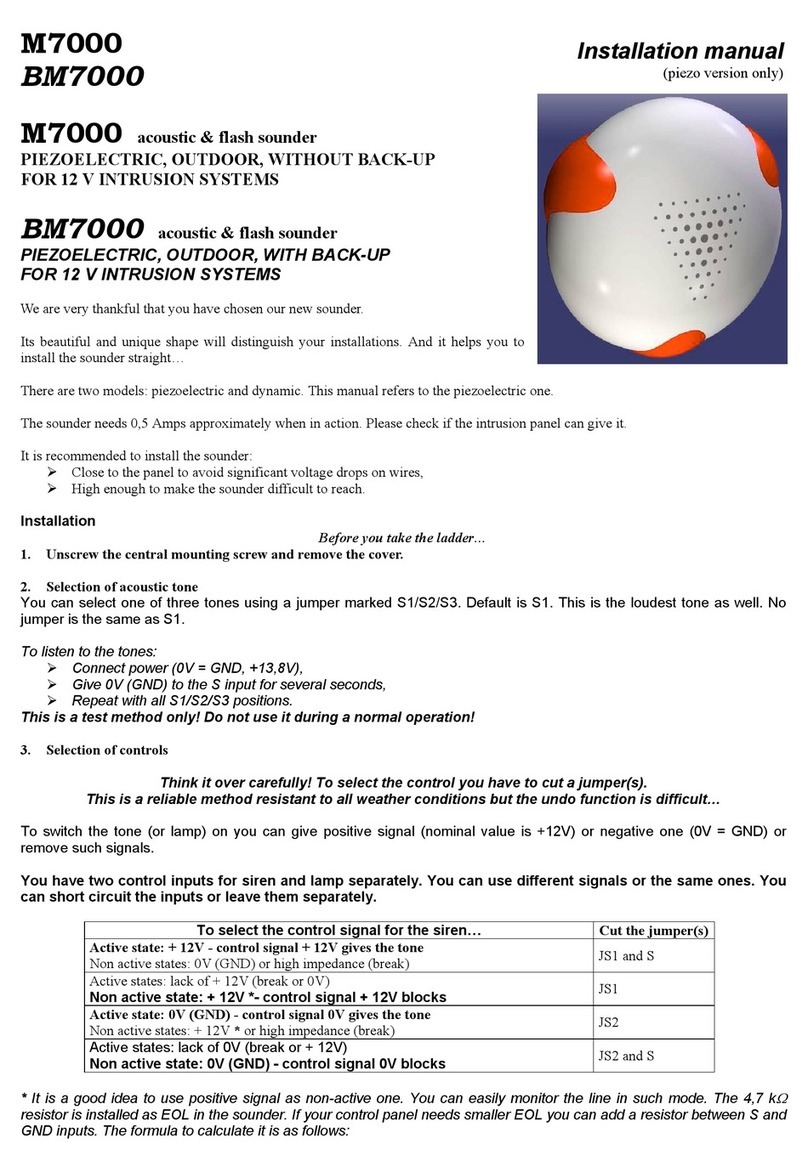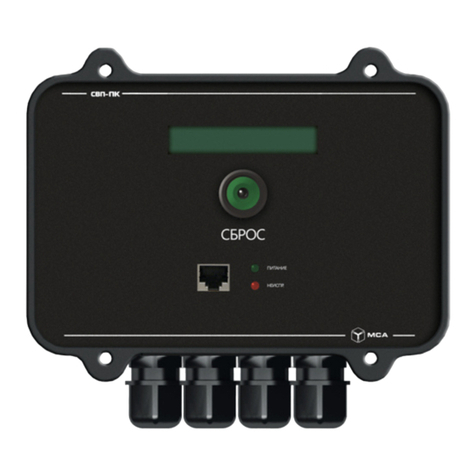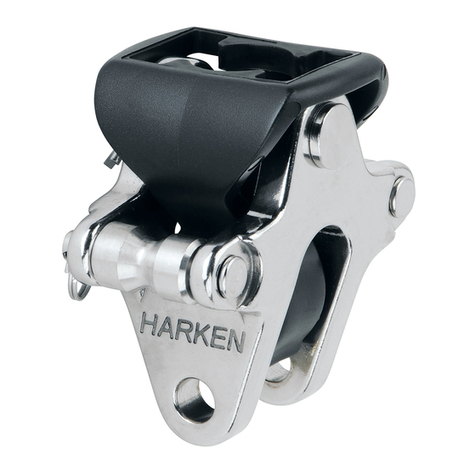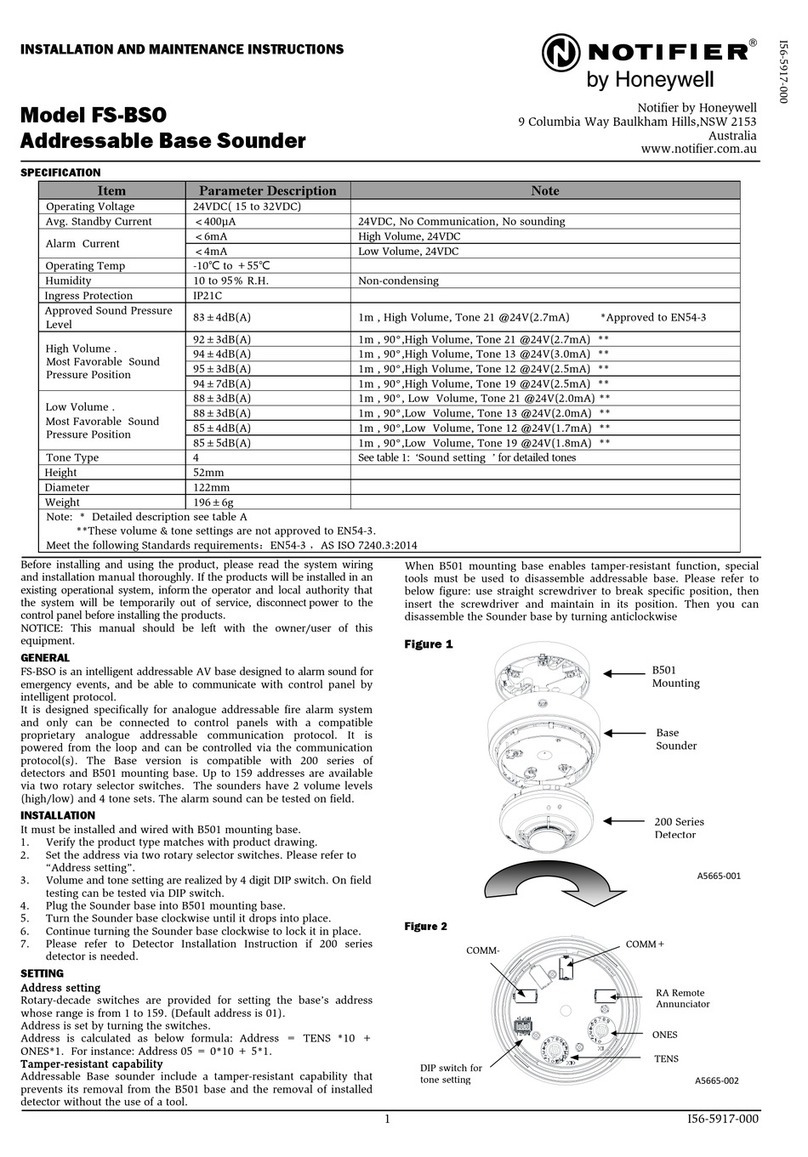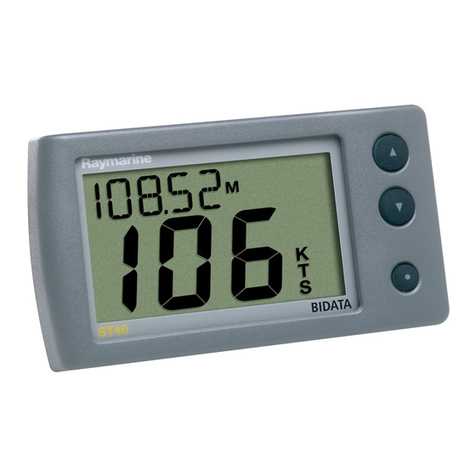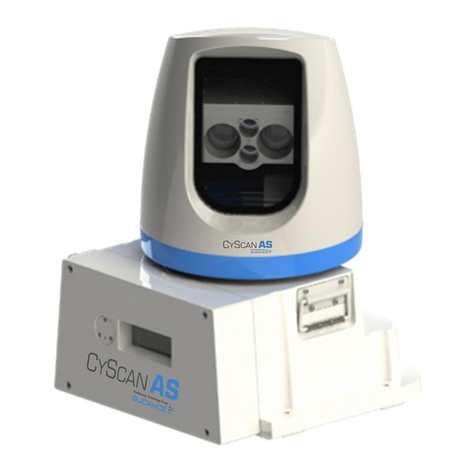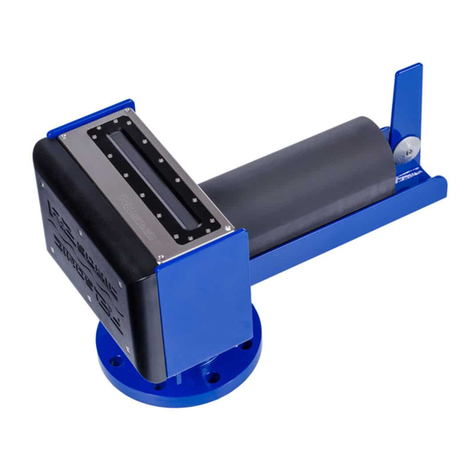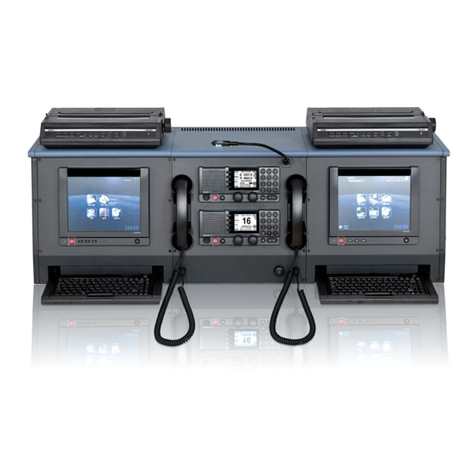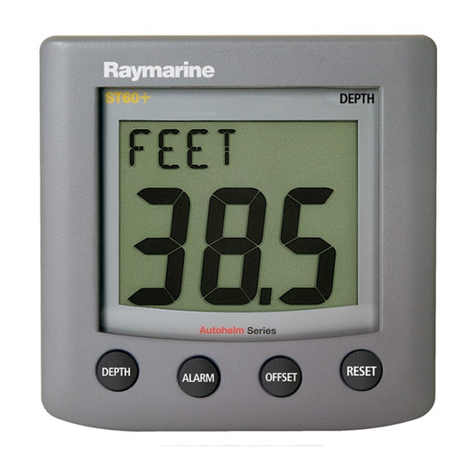
iv
Option
Name Type Code No. Qty
Antenna Cable
Set
CP20-01700 004-372-110 30 m, antenna cable extension
CP20-01710 004-372-120 50 m, antenna cable extension
Right Angle
Antenna Base No.13-QA330 000-803-239
For mounting antenna unit
L-angle Antenna
Base No.13-QA310 000-803-240
Antenna Base for
Rail Mounting No.13-RC5160 000-806-114
Mast Mounting Kit CP20-01111 004-365-780
Speed/Water
Temp. Sensor
ST-02MSB 000-137-986 Thru-hull type
ST-02PSB 000-137-987
Water Temp.
Sensor T-04MSB 000-026-893 Thru-hull type
Cable Assy. 02S4147 000-141-082 10-10, 6P
Cable Assy. MJ-A6SPF0003-050C 000-154-054-10 For radar, 5 m, with 6P
connector at one end
MJ-A6SPF0012-050C 000-154-053-10
For navigator, video sounder,
5 m, with connector at both
ends, cross type
MJ-A6SPF0012-100C 000-154-037-10
For navigator, video sounder,
10 m, with connector at both
ends, cross type
MJ-A7SPF0007-050C 000-154-028-10 For PC, 5 m, with 7P connector
Remote Controller RMC-3500 000-040-825 Incl. Inst. Mat. CP14-06231
Inner Hull Kit S 22S0191 000-802-598
Transducer 50B-6 000-015-042 1kW
50B-6G 000-015-016 1kW
200B-5 000-015-027 1kW
200B-5S 000-015-029 1kW
Triducer 525STID-MSD 000-011-783
525STID-PWD 000-011-784
Distributor MB-1000 000-040-809 For 1 kW transducer
Cable Assy. 02S4089 000-133-622 For 1 kW transducer, 1 m
Extension Cable * C332 10M 000-192-786-10 10m, for transducer
External Monitor
Connection Kit OP03-176 008-526-360
For connection of external
monitor, w/D-sub15P
Beacon Receiver
Kit
GR7000A-3500-NN-
019S 000-041-020 See its installation manual for
installation instructions.
Beacon Built-in Kit
OP14-78 000-025-116
See its installation
manual for installation
instructions.
OP14-79 000-025-156
w/GPA
-021S
Data Switch Box MD-200 —
